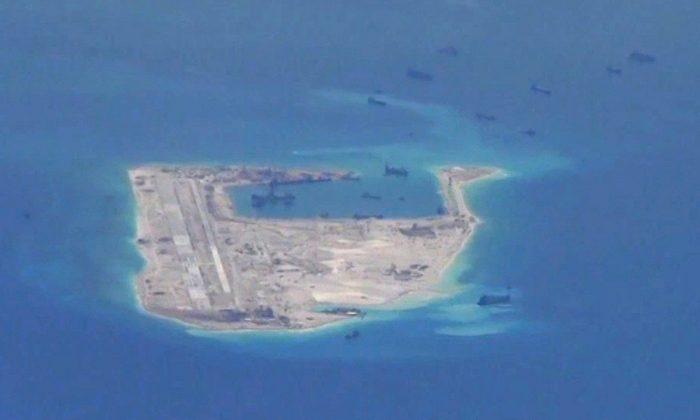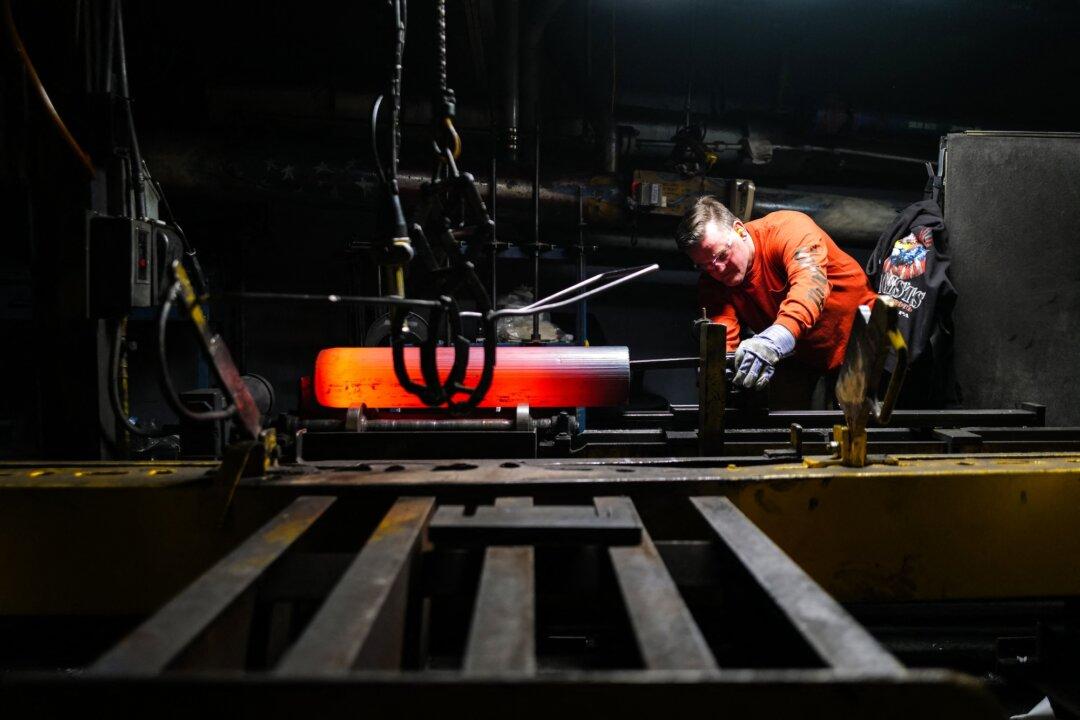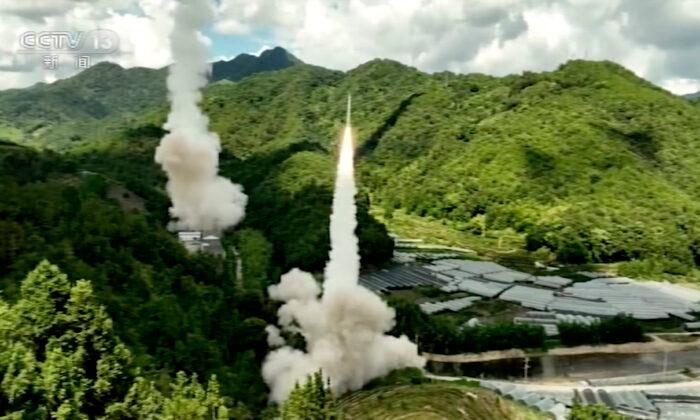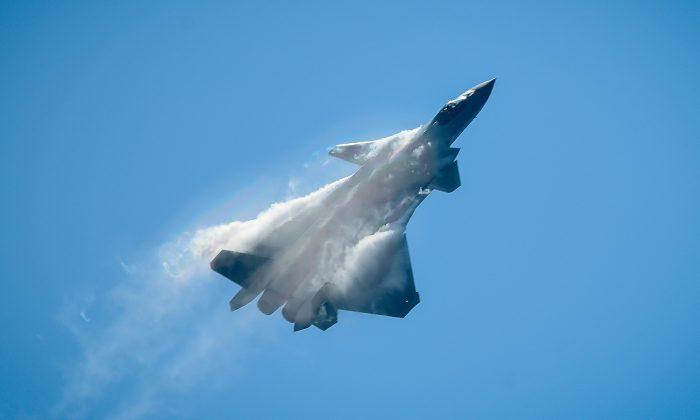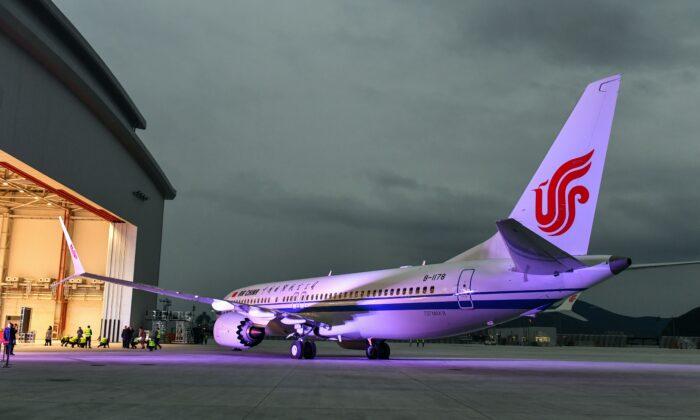To ensure the survival of its oppressive dictatorship, the Chinese Communist Party (CCP) is busy building the world’s most powerful military force, on Earth and in space, to achieve a new global hegemony under which it plans to set the rules that determine prosperity and security.
The CCP’s path to hegemony has always depended on its ability to manipulate the democracies, exploit their weaknesses, and encourage them to make mistakes that open the way for the CCP’s ambitions.
An early success was Beijing’s effort to convince the Philippine Senate, which then helped President George H.W. Bush to end the U.S. military presence in the Philippines, greatly reducing American resistance to China’s increasing control of the South China Sea.
With control of the South China Sea, the People’s Liberation Army (PLA) force in Hainan Province can project force through Southeast Asia and into the Indian Ocean, constricting sea lanes vital to Japan, South Korea, and Taiwan, while Hainan’s Wenchang Satellite Launch Center will be the primary support for China’s control of the moon and Mars.
America’s military presence in the Philippines began in 1899 under an initially harsh U.S. colonial occupation, and then saw the loss of 13,884 U.S. troops in the effort to end Japan’s World War II occupation. Then followed the building of the Subic Bay naval base and Clark Air Base into major Cold War defensive bastions to contain communist expansion.
History will point to America’s post-Cold War exhaustion with the Philippines’ weak political elite that viewed their military bases not as their contribution to a defensive alliance, but as a means to leverage economic and military largess from Washington.
Even after the April 1991 eruption of the Mount Pinatubo volcano hastened the early U.S. withdrawal of its military forces, the Philippine Senate, on Sept. 16 that year, rejected a 10-year extension of the U.S. military presence by a 12 to 11 vote.
But it turns out that not just Philippine senators were “voting.” It’s very likely that the CCP was quietly but actively involved in bribing Philippine politicians to end the U.S. military presence.
Writing in The Australian on Dec. 10, 2021, veteran columnist Greg Sheridan cited a “former senior Philippine official,” saying, “He told me the Beijing government had used Philippines organised crime, specifically ethnic Chinese crime networks, to mobilise vast amounts of money to make sure the Senate vote went against the bases.”
Sheridan’s revelation is probably the first public acknowledgment that the CCP was making a determined effort to defeat the new bases treaty and undermine a key U.S. alliance relationship, all the while using bribery to undermine the strength of Philippine democracy.
Apparently, U.S. officials were aware that Beijing was likely paying Philippine senators to vote against a new treaty that would extend the U.S. military presence.
Sheridan contacted the former chief U.S. negotiator for the Philippine bases treaty, Ambassador Richard Armitage, who told him: “It’s generally true. China threw a lot of money at the problem. They did not sway the [Philippines] government but had more success with the [Philippines] Senate.”
Armitage also told Sheridan that China’s effort “was probably not determinate.” The nationalist antipathy of many Philippine senators, the end of an active Soviet military threat in Southeast Asia, and the devastation of Mount Pinatubo simply added to Bush’s determination to shed the burden of supporting the Philippines.
Starting with Bush, U.S. policies toward China for most of the next two decades would be characterized by “engagement,” or the conscious decision to downplay human rights in order to preserve growing commerce and investment, also justified by the illusion that greater “free market” trade and investment with China would lead to the eventual end of communist rule.
However, the Chinese regime would spend those two decades exploiting the power vacuum—created by the end of the U.S. military presence in the Philippines—to enhance its corrupting political influence among the Philippine elite while beginning to build the physical bases for occupying the strategic South China Sea.
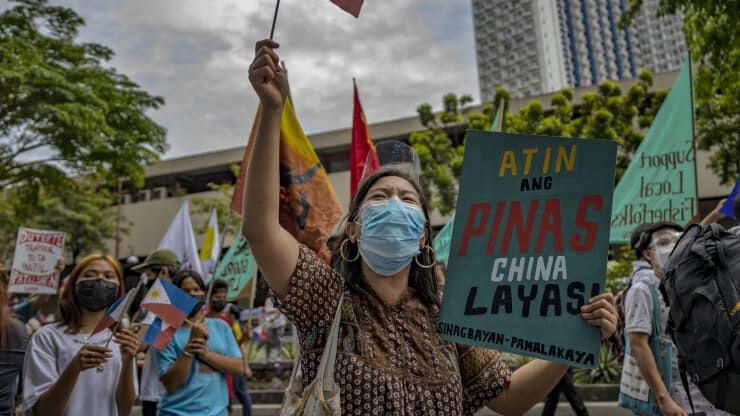
It’s likely that in the late 1960s, when China’s PLA was starting to design its second-generation nuclear-powered ballistic missile submarine (SSBN), CCP and PLA leaders decided that control of the South China Sea was needed to ensure the security of SSBNs based on Hainan and open access to secure deep water patrol areas.
In 1974, China captured the Paracel Islands from South Vietnam, and then captured Johnson Reef in March 1988, occupying six islands and reefs in the Spratly Islands group that year.
By the end of 1994, Philippine fishermen discovered Chinese survey ships at Mischief Reef, also in the Spratly Islands, about 218 miles from Puerto Princesa, the capital of the Philippines’ Palawan Province, which sits astride sea lanes critical to the economies of Asia.
That was a brief crisis in U.S.–Philippine relations, most notable in that the Clinton administration did nothing. But in the 1990s, the CCP and PLA also began to plan for global hegemony building by the middle of this century, with Hainan playing a central role.
By 2000, U.S. and allied intelligence detected that the PLA was building a new large naval base with underground tunnels for SSBNs at Yalong Bay in Sanya, Hainan. By 2007, the PLA began building the Wenchang Satellite Launch Center that would support future manned missions to the moon and Mars. By 2013, the first Chinese Navy aircraft carrier was visiting Sanya, with its second carrier most times now stationed there.
Also, by 2009, the PLA was signaling that it would add defensive depth to protect Hainan and preserve its power projection missions, while turning isles and reefs in the Spratly Islands into major air and naval bases.
The world watched as the PLA mobilized hundreds of ships to haul sand, concrete, and materials to turn Mischief Reef, Fiery Cross Reef, and Subi Reef into major air bases and ports to support sea control, air control, anti-submarine, and amphibious assault operations.
Under the 2010–16 term of the late Philippine President Benigno Aquino III, there was great progress in rebuilding U.S.–Philippine defense cooperation. He managed to revive the combat capability of the Philippine Air Force with the purchase of 12 FA-50 multirole fighters from South Korea.
But U.S.–Philippine relations soured significantly under current President Rodrigo Duterte, who will leave office this year. He’s an authoritarian leftist who delighted in antagonizing Washington while seeking the friendship and favor of Chinese leader Xi Jinping. That dalliance failed; Beijing seeks to push Manila off of its remaining isles in the Spratly Islands, and Duterte was forced to start a serious military modernization program.
When Bush decided to leave the Philippines, the CCP became more convinced the United States didn’t have the patience, staying power, or strategic vision for the long haul. If the United States could be pushed out of a longstanding military position in Southeast Asia, it could also be subordinated globally. That dangerous lesson needs to be corrected.
Washington could contain Beijing’s imperialism and power projection ambitions by, among much else, selling or gifting Manila 200 to 300 new short-range and medium-range ballistic missiles, soon to go into production. But this will also depend heavily on the next Philippine president and whether he or she wants to defend the country’s freedom, or is already beholden to the CCP.
